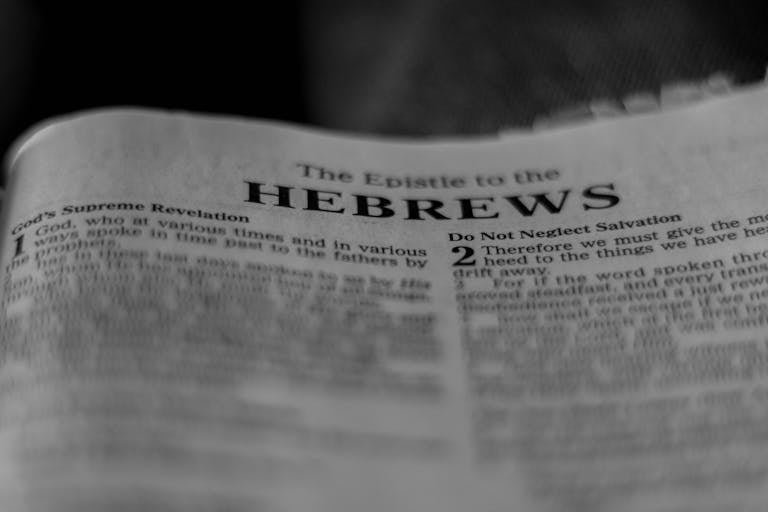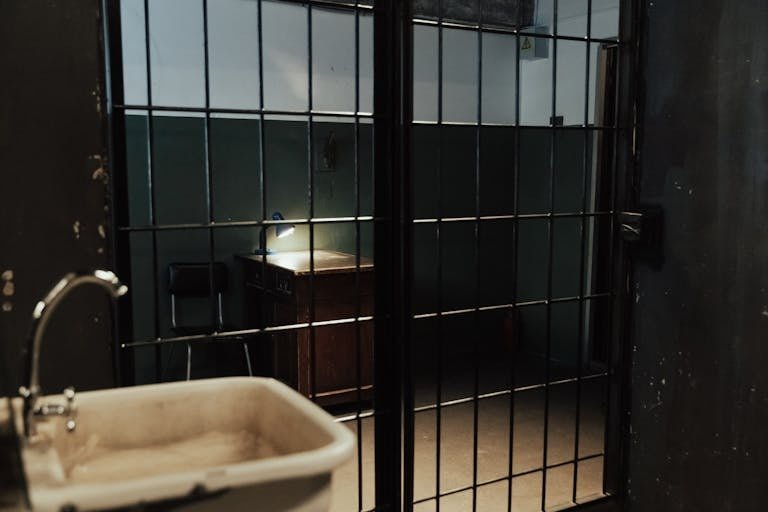The Bible tells one grand story, and at its center stand two figures who define the destiny of humanity: the first Adam and the second Adam, Christ. These are not just names but archetypes, types and antitypes that reveal the meaning of creation, fall, redemption, and new creation. Adam vs. Christ, the framework of two Humanities.
The apostle Paul makes this plain:
- “Adam… is a type of the one who was to come” (Romans 5:14).
- “The first man Adam became a living soul; the last Adam became a life-giving spirit” (1 Corinthians 15:45).
If you understand the pattern ..type and fulfillment, you see that the story of Adam and his descendants (Israel and the nations) is mirrored and transformed in Christ and his descendants (the Church, his body). The parallels are not accidental; they are woven into Scripture itself.
Let’s examine this typological theme with a direct and analytical lens.
Adam vs. Christ
At the core, the Bible presents two humanities:
- One descended from the first Adam, marked by sin and death.
- The other descended from the second Adam, marked by righteousness and life.
This is not abstract theology. It is the foundation of how we understand ourselves, our world, and our future.
1. Creation vs. New Creation
- First Adam: God formed him from dust and breathed into his nostrils the breath of life (Genesis 2:7).
- Second Adam: Christ is raised by the Spirit from the grave (Romans 8:11), becoming the beginning of the new creation (2 Corinthians 5:17).
Adam’s breath brings natural life; Christ’s Spirit breathes resurrection life.
2. Headship and Transmission
Humanity does not stand on neutral ground. We inherit the condition of our head.
- First Adam: Through him came sin, death, and condemnation (Romans 5:12, 18).
- Second Adam: Through him come righteousness, life, and justification (Romans 5:17, 19).
The nations of the world, including Israel, bear the imprint of Adam’s fall. The Church, however, exists as the new humanity in Christ.
3. The Bride from the Side
The theme of the bride is not sentimental; it is typological.
- First Adam: Eve was taken from his side (Genesis 2:21–23).
- Second Adam: From Christ’s pierced side flow water and blood (John 19:34), signs of baptism and the Lord’s Supper, through which the Church is born (Ephesians 5:25–32).
The Church is the bride of the second Adam.
4. Garden Temptation vs. Wilderness Victory
- First Adam: Tempted in paradise, surrounded by abundance, he failed (Genesis 3).
- Second Adam: Tempted in the wilderness, deprived and hungry, he triumphed (Matthew 4; Luke 4).
The contrast is stark: Adam fell in comfort; Christ stood firm in trial.
5. Dominion Lost vs. Dominion Restored
- First Adam: Given dominion over creation (Genesis 1:28), but lost it through disobedience.
- Second Adam: Declares, “All authority in heaven and on earth has been given to me” (Matthew 28:18). His obedience to death restores the dominion Adam squandered (Philippians 2:8–9).
6. Dust vs. Resurrection
- First Adam: To dust you shall return (Genesis 3:19).
- Second Adam: The firstfruits of those who sleep (1 Corinthians 15:20).
The legacy of Adam is death; the legacy of Christ is resurrection.
7. Israel as Corporate Adam
The story deepens when we realize that Adam’s role is not only personal but corporate. Israel, as a nation, relives Adam’s story:
- Placed in a garden-like land (Canaan).
- Given a law (Torah).
- Tested and found wanting.
- Exiled, like Adam driven east of Eden.
Israel is the corporate Adam, repeating humanity’s failure under law.
8. Christ as True Israel
Into this cycle steps Christ, the faithful Israelite. He relives Israel’s story but succeeds where they failed:
- Called out of Egypt (Hosea 11:1 // Matthew 2:15).
- Tested in the wilderness for forty days (mirroring Israel’s forty years).
- Obedient to the law in every respect.
Christ is the new head, the true Son of God, the embodiment of faithful Israel.
9. The Church as the Corporate Second Adam
As Adam begot nations, and Israel embodied Adam’s failure, so Christ generates a new people—the Church:
- Born of water and Spirit (John 3:5).
- One new humanity, beyond Jew or Greek (Galatians 3:28).
- The body of Christ, animated by the Spirit (1 Corinthians 12:12–27).
- The bride of Christ, awaiting the marriage supper of the Lamb (Revelation 19:7–9).
The Church is not merely an organization; it is the corporate expression of the second Adam.
10. Dust and Spirit: The Final Contrast
Paul sums it up in one breathtaking passage (1 Corinthians 15):
- First Adam: natural, corruptible, mortal, of dust.
- Second Adam: spiritual, incorruptible, immortal, of heaven.
The transformation of believers into Christ’s image is the final proof of this typology. What began in a garden ends in glory.
Conclusion: Why This Typology Matters
The contrast between Adam and Christ is not an intellectual curiosity. It is the key to understanding:
- Why the world is the way it is.
- Why Biblical Israel’s story is necessary in salvation history.
- Why Christ’s death and resurrection are central.
- Why the Church is more than a religious institution ..it is the new humanity.
To remain “in Adam” is to inherit sin, exile, and death. To be “in Christ” is to inherit righteousness, reconciliation, and eternal life.
Biblical typology makes the choice stark, persuasive, and urgent. We are either part of the old creation in Adam or part of the new creation in Christ.





